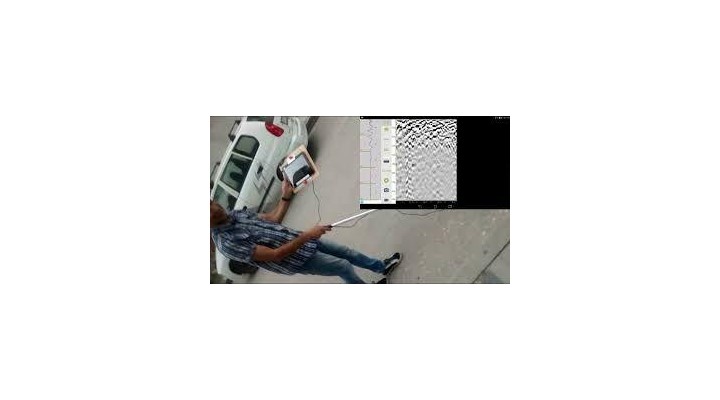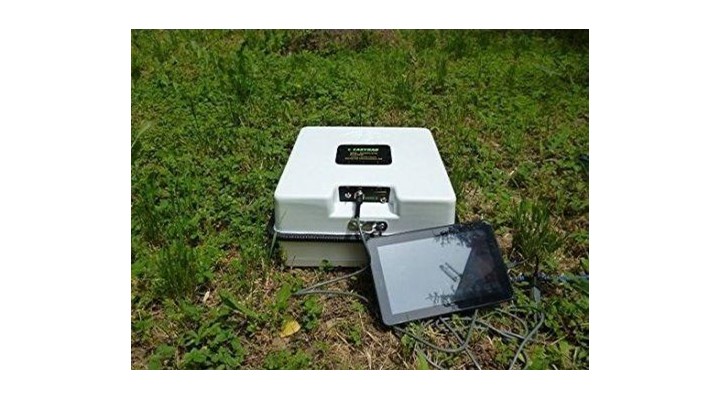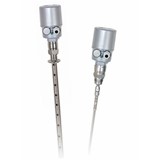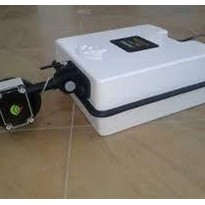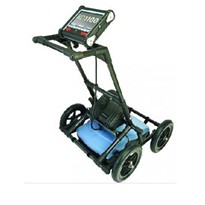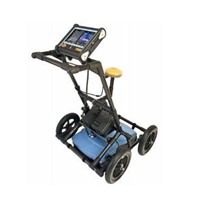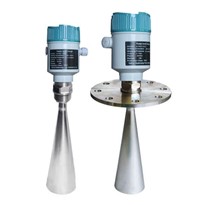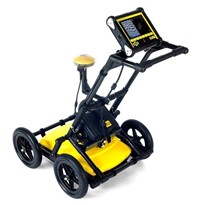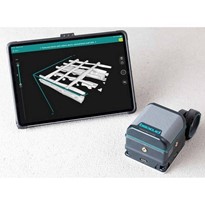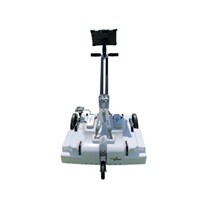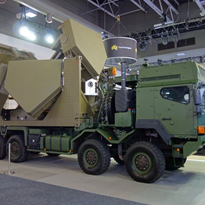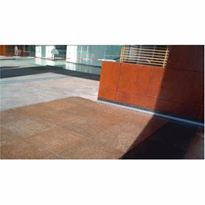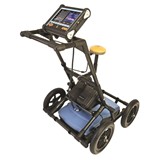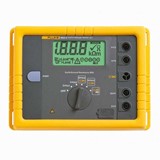Utility Mapping & Urban Planning
There is a growing need for smarter and more sustainable city planning. GPR enables data-driven decisions for public spaces to ensure health & safety, cost effectiveness and damage control.
- - Quickly locate all underground features - pipes, cables and pits.
- - Minimize costs by pinning points of interest for drilling and digging.
- - Avoid health and safety risks by highlighting gas pipes and other hazardous features before digging.
- - Improve job execution times and costs by removing the trial and error periods for finding underground facilities.
- - Provide teams on future projects with the necessary information for carrying out their jobs quickly, safely and cost-efficiently.
Road & Bridge Stability Assessment
Infrastructure maintenance is a high priority task for ensuring public safety - roads and bridges are under constant strain from heavy traffic, weather conditions and subsurface processes.
- - Evaluate the structural integrityof infrastructure constructions.
- - Detect and mark cracks and holes.
- - Underground pits and sinkholesare spotted before developing fully thus preventing damaging vehicles and potential injury.
- - Provides basis for informed decisions on structural reconstruction plans.
- - Reduces costs for city planners who wish to prolong the life of key infrastuctural features.
Environmental
Environmental sciences are expanding their toolset for data gathering. Radar technologies are indispensible for every scientist studying our environment. GPR can detect minute changes in a material structure so it is a perfect tool for exploring natural phenomena.
- - Stratigraphy and strata outlining.
- - Study Methane pocket formation.
- - Detect underwater flows.
- - Understand rock structure and composition.
- - Cave exploration.
- - Glaciology- ice thickness measurements and polar snow study.
- - Subsurface gas and water pocket detection.
- - Bathymetry.
Archaeology
From classical archaeology to industrial archaeology to hobbyist surveys in your backyard, GPR offers high resolutions at great penetration depths for object detection. The non-destructive nature of the technology ensures no damage is done to fragile relics safeguarding our cultural heritage.
- - Pottery, jewellery, tools or weapons as small as 1cm are easily detectable.
- - Uncover lost cities, burial sites and places of worship.
- - Detects any walls or cavities with ease, helping you map ancient living areas, public sites or other structures of cultural importance.
Forensics
Law-enforcement and rescue services can benefit greatly from the UWB radar technology - its form factors and non-destructive methods of obtaining information about objects may prove vital for investigators. The technology can detect all kinds of objects including tunnels, buried weapons or victims.
- - Detecting survivor movement in rubble.
- - Detecting bodies without excavating.
- - Weapon identification
Mining
Mining is a high-impact industry that has effects on the environment, local communities, workers and the economy. That is why it is important mine sites are well researched and decisions about drilling are data-driven. GPR can be the enabling factor in sustainable mining practices.
- - Mine site suitability evaluation.
- - Rock mass stability.
- - Overburden determination.
- - Mineral exploration.
- - Tunneling design.


